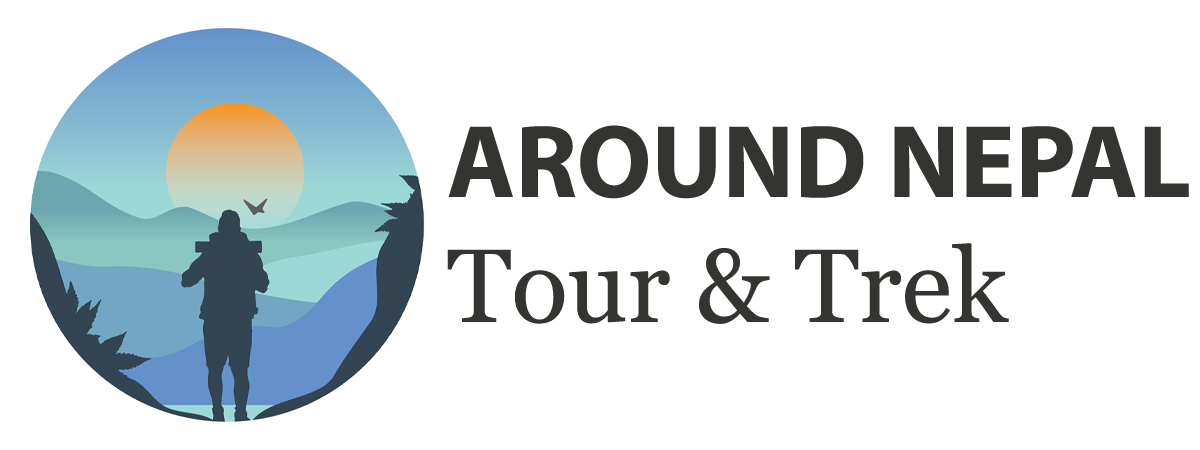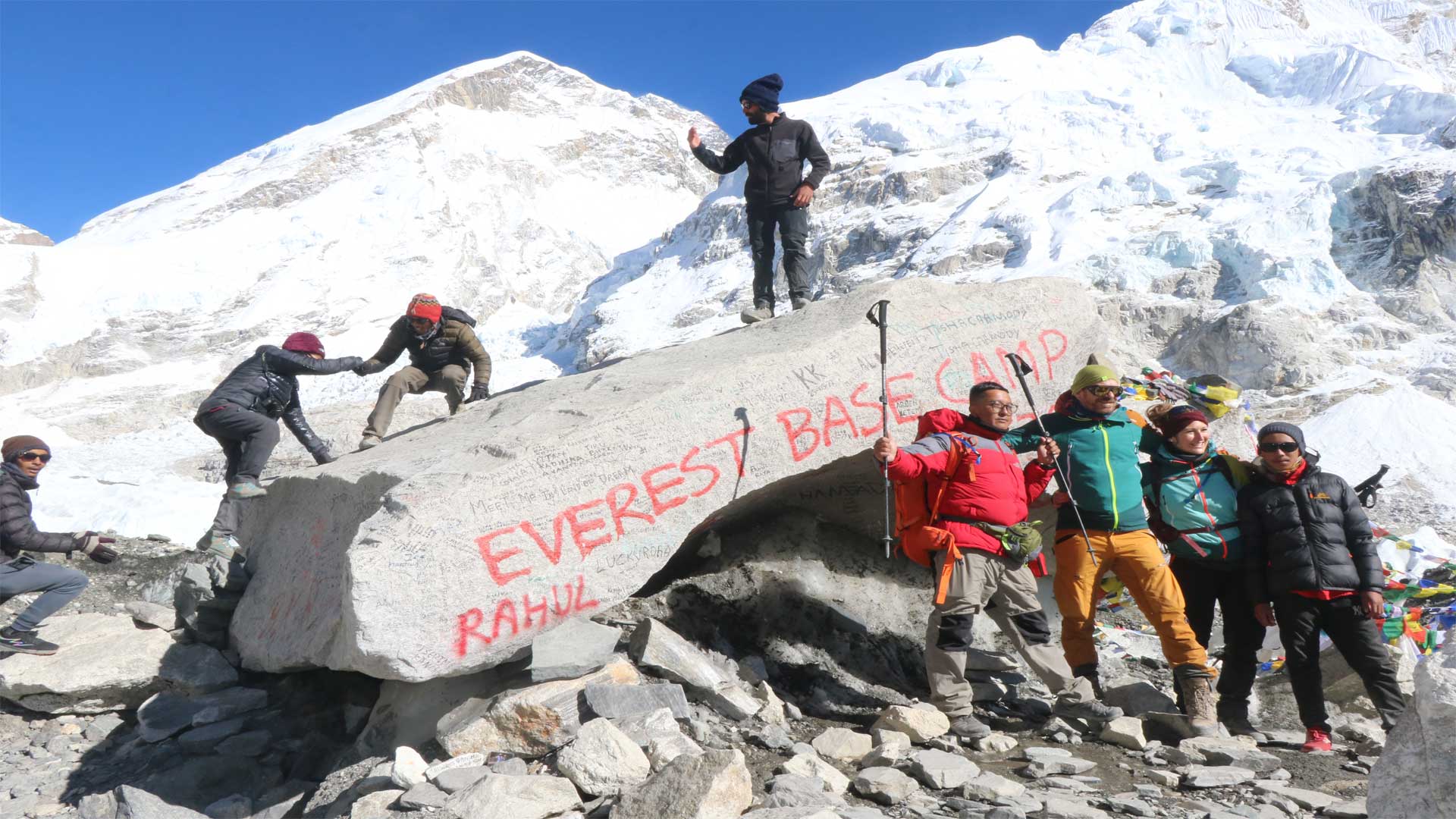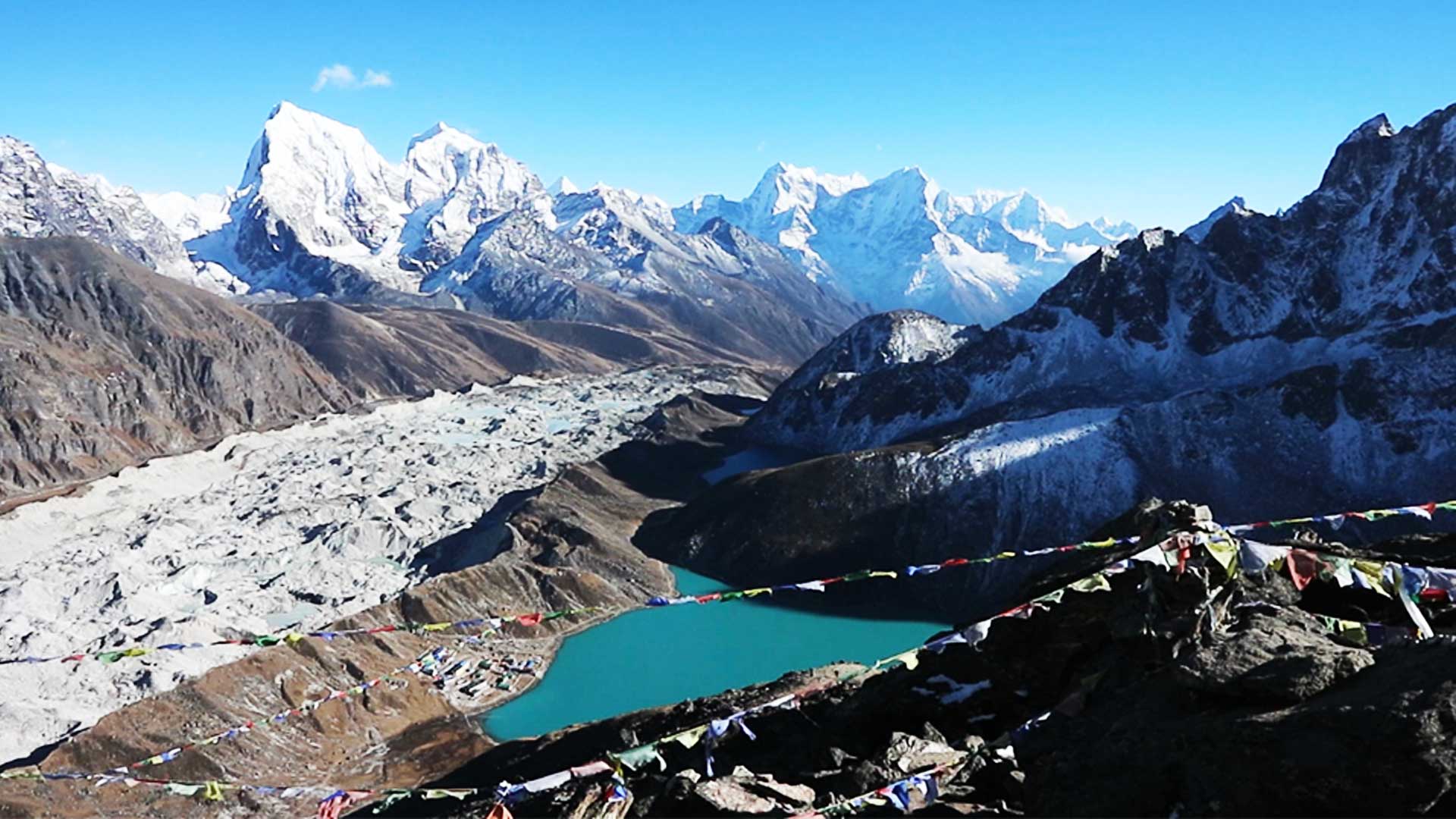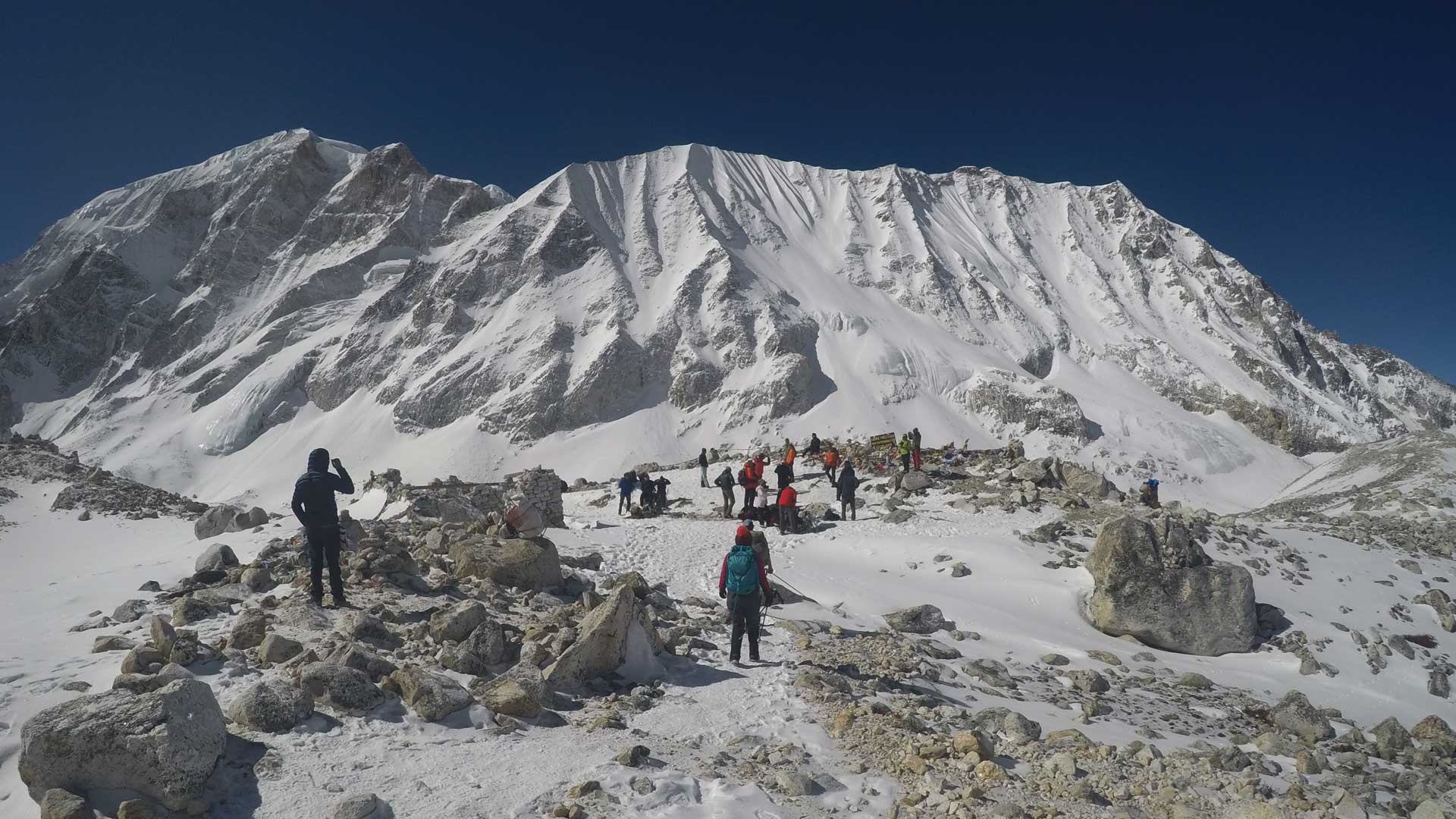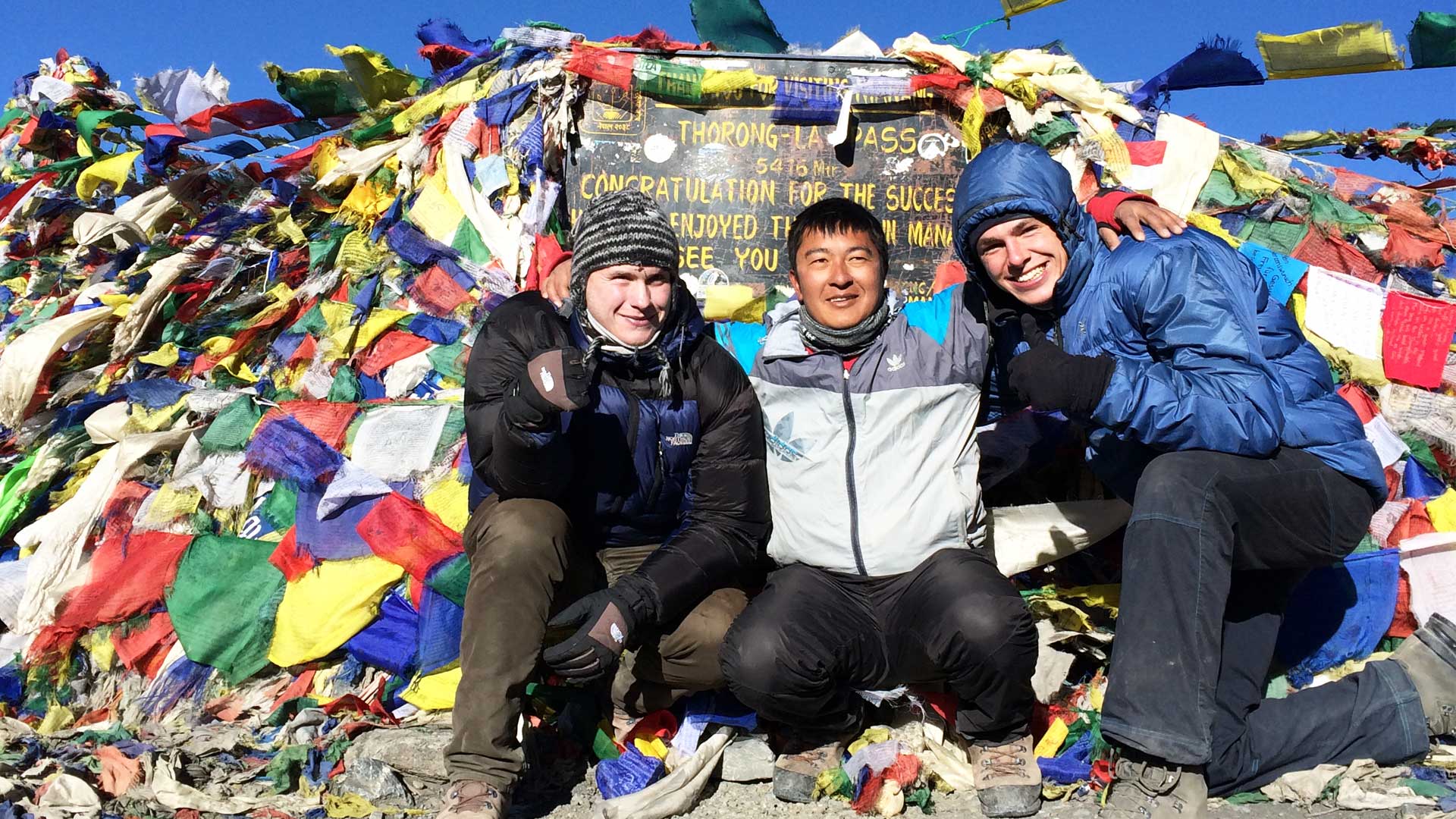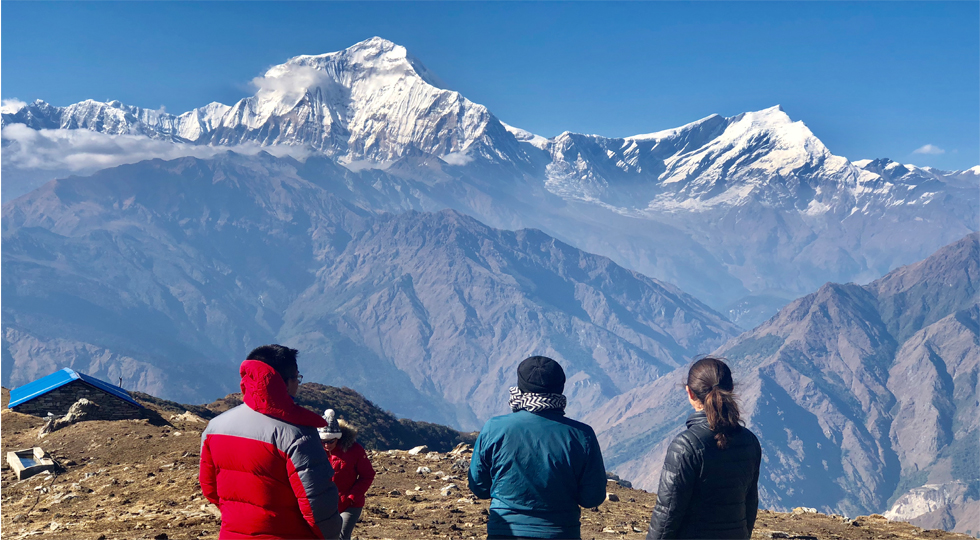Mardi Himal Trek
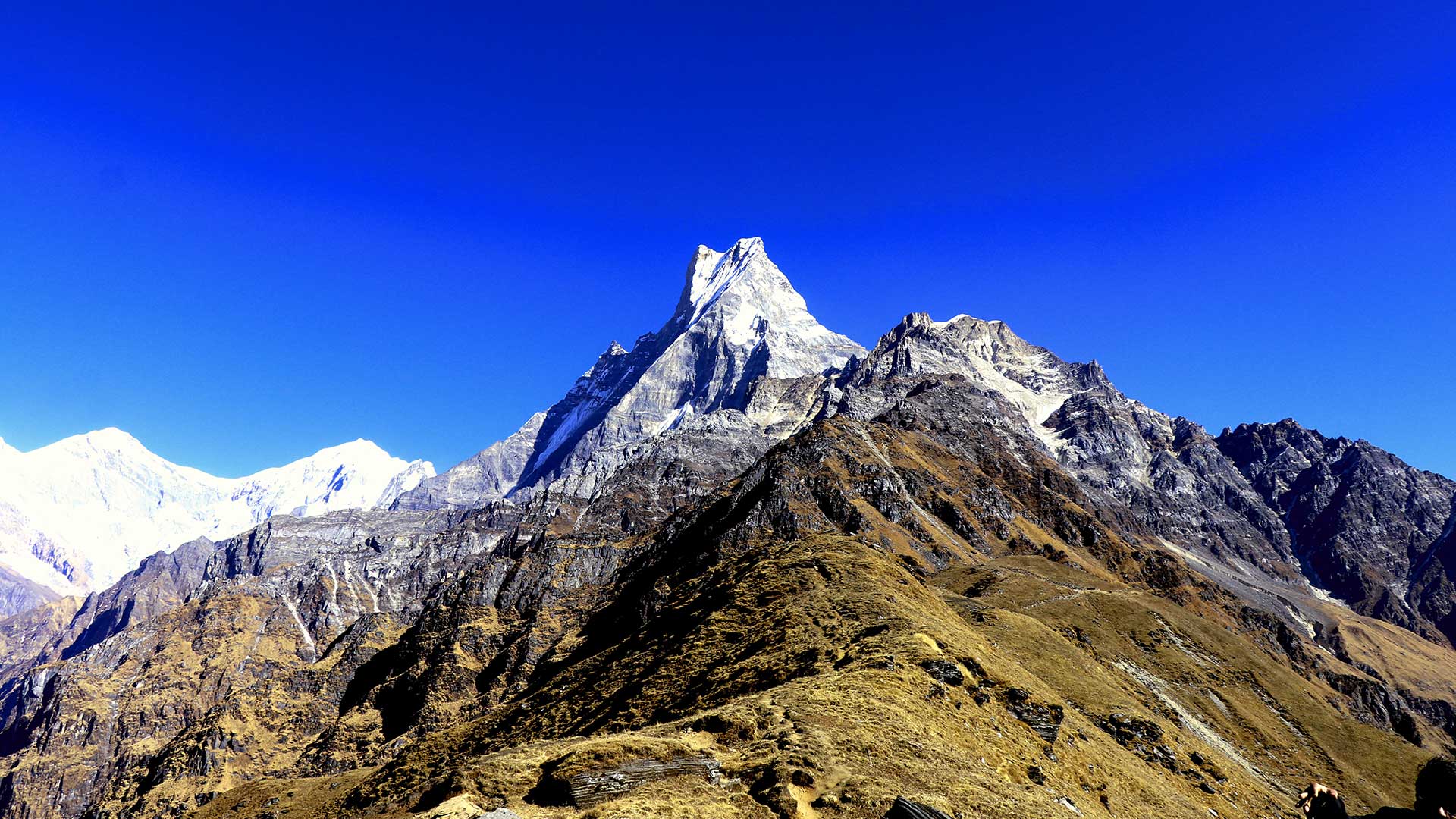
12 Days
4,500 meters
Spring & Autumn
hotel, teahouse
TRIP HIGHLIGHTS
- This hike provides breathtaking panoramic views of the Himalayan range, including Annapurna South (7,219 meters), Machhapuchhre/Fishtail (6,993 meters), Hiunchuli (6,441 meters), Mardi Himal (5,587 meters), and many other snowcapped peaks.
- From the Mardi Himal Base Camp (4,500 meters), you can obtain a spectacular close-up view of Mardi Himal Peak (5,587 meters).
- As it is less crowded, trekkers prefer the calm and peace of nature.
- The trekkers enjoy off-the-beaten-path experiences. The trail takes you through traditional villages, thick forests of rhododendron, oak, and bamboo, rocky pathways, high altitude landscapes, and several flora and fauna.
- The trek provides an opportunity to learn about the culture and way of life of Himalayan people, including Gurung and Magar ethnic communities famed for their hospitality and customs duties.
- It is perfect for hikers of all levels, including beginners, as well as families with children. Because it is a relatively short and easy walk, it may be a good alternative for trekkers with limited time.
- It provides the chance to explore low-lying subtropical forests as well as high-altitude alpine landscapes, allowing you a taste of Nepal’s diverse geographical area.
TRIP OVERVIEW
Mardi Himal Trek is a new and excellent trekking trail in Nepal's Annapurna area. The trek takes its name from the 5,587-meter-high Mardi Himal. It is a relatively fresh and off-the-beaten-path trekking location in Nepal where you can enjoy breathtaking natural beauty without having to cross any high passes. It offers a wonderful view of the Annapurna range, including Machhapuchhre (Fishtail) peak, Hiunchuli, and Dhaulagiri Mountain, as well as an opportunity to learn about traditional Nepalese culture and lifestyle.
This journey begins in the bustling yet attractive touristic and naturally pleasant city of Pokhara. From Kathmandu, it takes 5-7 hours by tourist bus or 25-30 minutes by small local flight. Pokhara serves as the starting point for the Mardi Himal Trek. If you visit Pokhara, you can do sightseeing, boating, day hiking, and enjoy sunrise and sunset. To begin your trekking, take a short drive from Pokhara to Phedi. The Mardi Himal Trek normally takes 7-12 days to accomplish, depending on the schedule, pace of the trekkers, and route chosen.
Mardi Himal Trek leads you through completely rhododendron, bamboo, and oak forests, magnificent towns, and rugged peaks to the Mardi Himal Base Camp (4,500 meters). It's breathtaking in the spring, when the flowers are in full bloom. Trekkers will come encounter numerous ethnic communities along the trail, including Magar, Gurung, Brahmin, and Chhetri, each with their own culture, traditions, and way of life.
It is a moderately difficult walk that is short and easy in comparison to other treks in the Annapurna Region. It is ideal for all levels of trekkers, including beginners, although you need to be physically fit to walk some steep, narrow, rocky pathways along the trail. The best months to complete the Mardi Himal Trek are March to May and September to November, when the weather is good and the views are clear.
Overall, the Mardi Himal Trek is an excellent alternative for anyone looking for a peaceful and less crowded trekking experience in Nepal while still getting to appreciate the country's famous mountain landscape.
SHORT ITINERARY
Day 1: Kathmandu arrival 1,400m
Day 2: Kathmandu Valley sightseeing with UNESCO World heritage Sites
Day 3: Short flight to Pokhara (822m) and trek to Pothana (1,890m)
Day 4: Trek to Badal Camp (3,200m)
Day 5: Trek to High Camp (3,800m)
6: Trek to Mardi Himal Base Camp (4,500m)
Day 7: Trek to Siding (1,750m) and drive back to Pokhara
Day 8: Sightseeing around Pokhara valley
Day 9: Drive back to Kathmandu by tourist bus
Day 10: Free and departure day
Best Seasons for Mardi Himal Trek
Mardi Himal Trek is available in spring (March to May) and autumn (September to November). The weather is often dry and stable during these seasons, with bright skies and warm temperatures, making these seasons ideal for trekking.
Colorful rhododendron blooms and other wildflowers decorate the valleys and hillsides along the trail in the spring. While autumn provides clear mountain views with cool air. These seasons, on the other hand, make for a gorgeous sight.
During the winter months (December to February), the trail is covered in snow and the weather becomes very cold, making the journey extremely challenging. Similarly, during the summer months (June to August), monsoon rains make the trail troublesome and muddy. There is a considerable risk of landslides and floods. As a result, the Mardi Himal Trek is not suggested in the winter or summer.
Food and Accommodation for Mardi Himal Trek
During the Mardi Himal Trek, you get teahouses and guesthouses with a bed, a blanket, a pillow, and a shared restroom. It is advised to bring your own sleeping bag for added warmth. Some lodges do not have running water. You may be charged an additional fee for a hot shower. It is recommended that you carry wet wipes and hand sanitizer with for your personal hygiene.
In terms of food, the teahouses along the trekking trail serve a variety of foods, including traditional Nepali fare such as dal bhat (rice and lentil soup), vegetable, meat, momos (dumplings), thukpa (noodle soup), and pizza, burgers, and spaghetti.
Food and vegetables are prepared fresh. Because food alternatives may be limited in some areas, it is best to bring foods such as dry energy bars with cashews and almonds, nuts, and chocolates to keep you energized during the walk.
During the seasons, trekkers need to book their lodging and meals earlier in advance because the lodges might fill up rapidly.
Notes: Nepal is a Himalayan country with over a dozen 8,000-meter Himalayas. Each trekking route offers a unique perspective of the Himalayas and wildlife. Everyone who works in tourism in Nepal wishes to receive tips from visitors. So, please don't be worried to offer some tips to your Nepali teams who are assisting you in making your journey successful. Our company provides you a bed and breakfast in Kathmandu with a welcome and farewell meal, as well as full board service such as bed, breakfast, lunch, and dinner with three cups of tea or relevant items during the journey. So, while trekking in Nepal, try to be friendly and helpful. Come as a guest and depart as a friend. If you need assistance in Nepal, don't hesitate to get in touch with us; we are always willing to assist you.
DETAILED ITINERARY
Day 1: Kathmandu arrival 1,400m
When you arrive at Kathmandu's Tribhuwan International Airport, our representative will meet you and transport you to the hotel. We will meet you at the hotel after you have checked in for a brief overview of your journey. If you due money, please pay it at our first meeting before relaxing at your hotel or visiting Thamel bazaar for excellent foods or shopping for your necessities.
Day 2: Kathmandu Valley sightseeing with UNESCO World heritage Sites
After breakfast at your hotel, our tour guide will pick you up and take you around the Kathmandu valley's most popular world heritage sites, including Kathmandu Durbar Square, Swoyambhunath Buddhist monastery, Pashupatinath Hindu temple, and Boudhanath Buddhist monastery. Each of these locations has its unique religious and historical significance. Prepare for the trek for the rest of the time. We will provide you with a welcome dinner at 6:30 p.m. in the cultural restaurant, where you will enjoy special delicious Nepali foods and participate in multiple cultural programs.
Day 3: Short flight to Pokhara (822m) and trek to Pothana (1,890m)
After breakfast, we will transport you from the hotel to the domestic airport. You will fly to Pokhara with a view of the incredible Himalayan landforms of Mt. Annapurna, Mt. Manaslu, Langtang Himalayas, Gaurishankar, and Mt. Dhaulagiri ranges, as well as other picturesque towns, river valleys, and farmlands. When you arrive in Pokhara, you will meet your trekking support crew, after that you will travel to Kande and hike to Pothana on the same day. Overnight in a typical guesthouse. During the walk, we will take responsibility for everything for you, including bed, breakfast, lunch, dinner, and 3 cups of tea or other relevant items every day.
Day 4: Trek to Badal Camp (3,200m)
Plan to wake up at 7 a.m. for your hot tea and hot breakfast while enjoying the gorgeous nature and amazing Himalayas. After breakfast, head along the trekking trail, observing the various varieties of flora and wildlife; the excursion connects you to the closer views of the Himalayas. You can rest on the path for incredible photographs or rest to relieve fatigue. You can have lunch at the forest camp (2,600m) and then continue on for an extra two hours to Badal camp for lodging. Overnight at the Guest House.
Day 5: Trek to High Camp (3,800m)
After breakfast, get ready to accept your challenge to trek to High camp 3800m for lodging. The trail leads you to close-up views of the Himalayas while interacting with the magnificent nature. The scenery along the journey and in the surrounding area is breath-taking. Overnight at a hotel.
6: Trek to Mardi Himal Base Camp (4,500m)
Wake up early in the morning, have some breakfast, pack some special foods, and explore the magnificent Himalayas side excursion. You will head to the Mardi Himal base camp to witness spectacular mountain scenery such as Mt. Annapurna 1st, Mt. Annapurna South, Hiunchuli, Tharpu chuli, Mt. Manaslu, Lamjung Himal, and Mt. Dhaulagiri Himalayas. Return to the hotel for lunch before trekking to Low camp or staying at High camp.
Day 7: Trek to Siding (1,750m) and drive back to Pokhara
After breakfast, prepare for the journey to Siding. It takes approximately 4-5 hours to descend and then drive back to Pokhara. You walk down almost the entire time while observing the magnificent villages and river valley. When you arrive in Pokhara, you can rest at your hotel, get a massage, or enjoy a chilled beverage at Lakeside. You can take a stroll around the lake if you have time. If you wish, you can visit a nightclub in Pokhara. Overnight stay at a hotel.
Day 8: Sightseeing around Pokhara valley
The most popular tourist destinations in Pokhara are Mahendra cave, bat cave, Seti River gorge, Annapurna international museum, Davi's waterfall, Gupteshor temple, Phewatal boating, and peace stupa for witnessing the Pokhara valley. In Annapurna base camp, you can participate in adventure programs like as paragliding, rafting, bungee jumping, Jeep line, ultra-flight, or heli tour. All of these programs are charged separately to yourself. Pokhara is where you will spend the night. Overnight at Pokhara.
Day 9: Drive back to Kathmandu by tourist bus
On the journey to Kathmandu via tourist bus, you are able to see several picturesque villages, a tiny city, lush jungle, and a river valley. The bus makes 3-4 stops for breakfast, lunch, and refreshments. Some rafting groups can be seen in the Trishuli River, Nepal's most popular rafting river. When you arrive in Kathmandu, our representative will meet you at the bus station and take you to the hotel. You can rest at your hotel, and we will provide you a delicious farewell dinner in the evening. Overnight in a Kathmandu hotel.
Day 10: Free and departure day
Today is your off day. If you wish and have the time, you can purchase some unique gifts for your friends and relatives. We will drop you off at Tribhuwan International Airport before 3 p.m., according to your ticket. We understand that you will leave your footprint, invest your time, and spend money, but you already hold a benefit in completing a dream journey in Nepal.
FREQUENTLY ASKED QUESTIONS
1. How difficult is the Mardi Himal Trek?
The Mardi Himal Trek is of moderate difficulty and is suitable for individuals of all ages. It necessitate a reasonable level of physical fitness. The trek brings you to the 4,500m high Mardi Himal Base Camp via some steep ascents and descents, as well as a narrow and rocky part of path. You often walk 6-8 hours every day. As a result, you should take part in it with proper preparation, including physical training and acclimatization.
2. Which month is the best season to trek in Mardi Himal?
Mardi Himal Trekking is most pleasant in the autumn (September to December) and spring (March to May). During these seasons, the weather is often consistent, with good visibility and mild temperatures, making the trek perfect.
3. Where is the Mardi Himal Trek?
Mardi Himal Trek is located in Nepal's Annapurna Region, at the foothills of the famed Machhapuchhre (Fishtail) and Mardi Himal. The trail leads to the base camp of Mardi Himal (4,500 meters). This trek begins in Kathmandu, but the walking trail begins in Kande, a 30-minute drive from Pokhara.
4. Is Mardi Himal Trek safe?
Mardi Himal Trek is typically regarded safe for trekkers who plan ahead of time, employ a local approved guide, and adhere to the proper safety precautions while trekking. Mardi Himal trip is safer than a solo trip if you hire a local authorized guide. As a result, you should join a local company and hire a guide to minimize the risk of the trail and build the ideal trekking.
5. How is maximum high in Mardi Himal Trek?
The height of Mardi Himal is 5,587 meters, however in order to complete the Mardi Himal Trek, you have to first summit Mardi Himal Base Camp at an elevation of 4,500 meters. In comparison to other treks in Nepal, it does not have a very high altitude.
